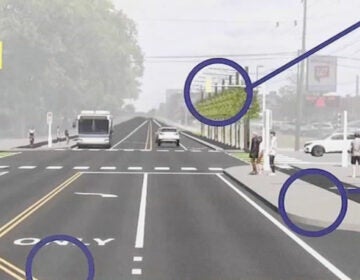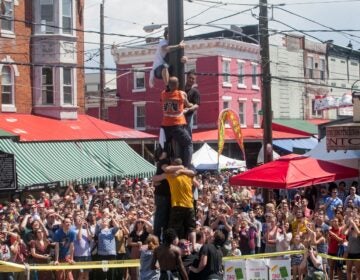Germantown residents recall Queen Lane Apartments’ promising early days, unfortunate decline
-
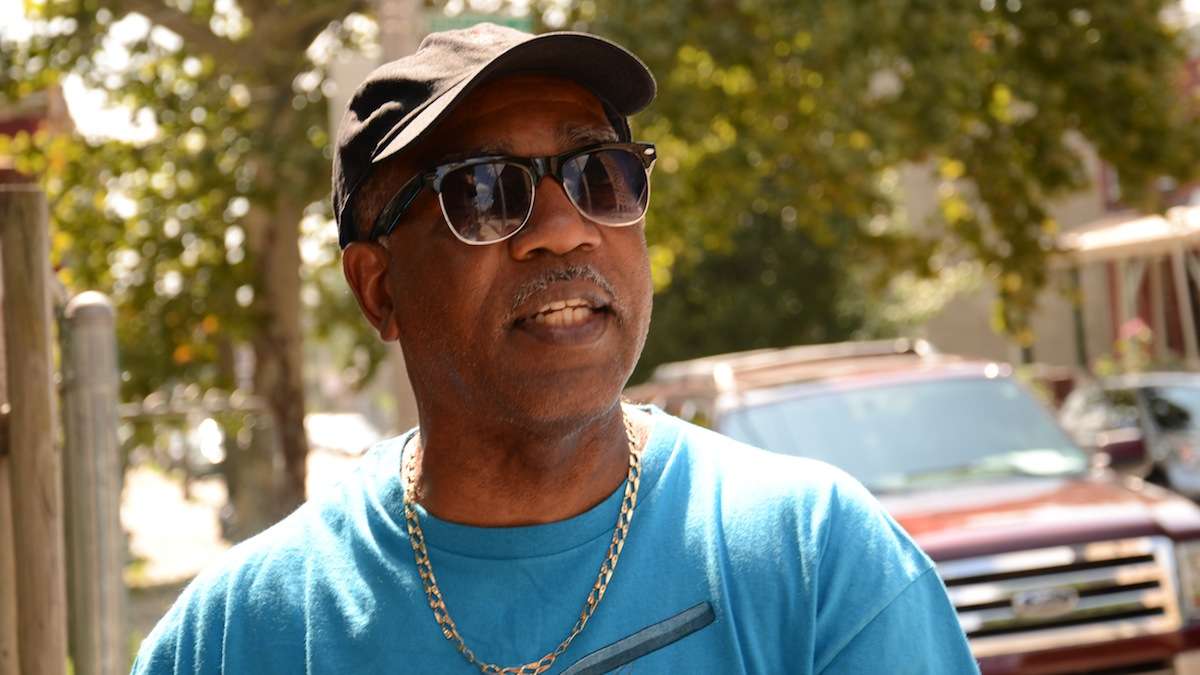
-
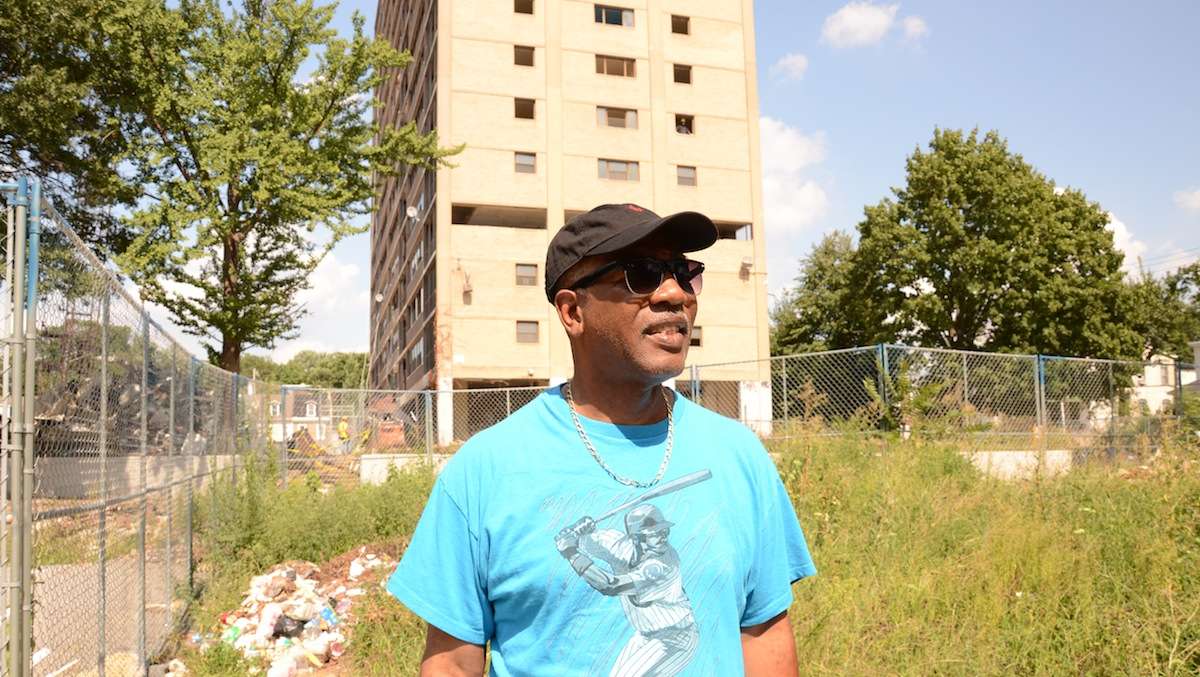
-
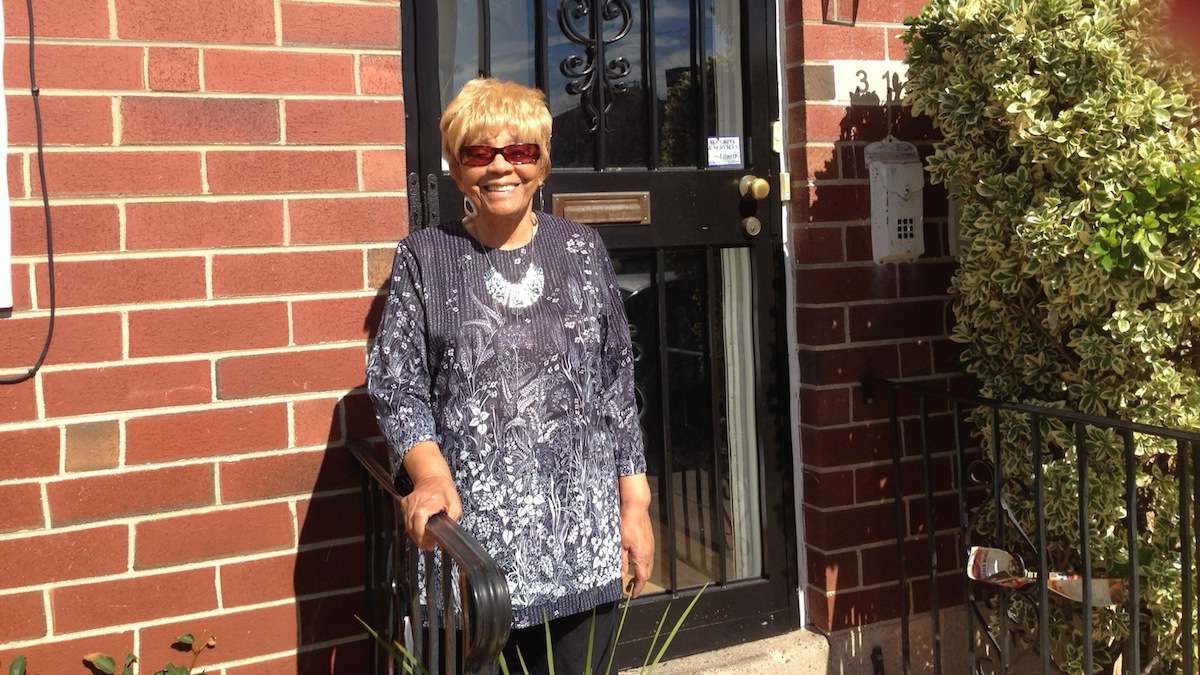
-
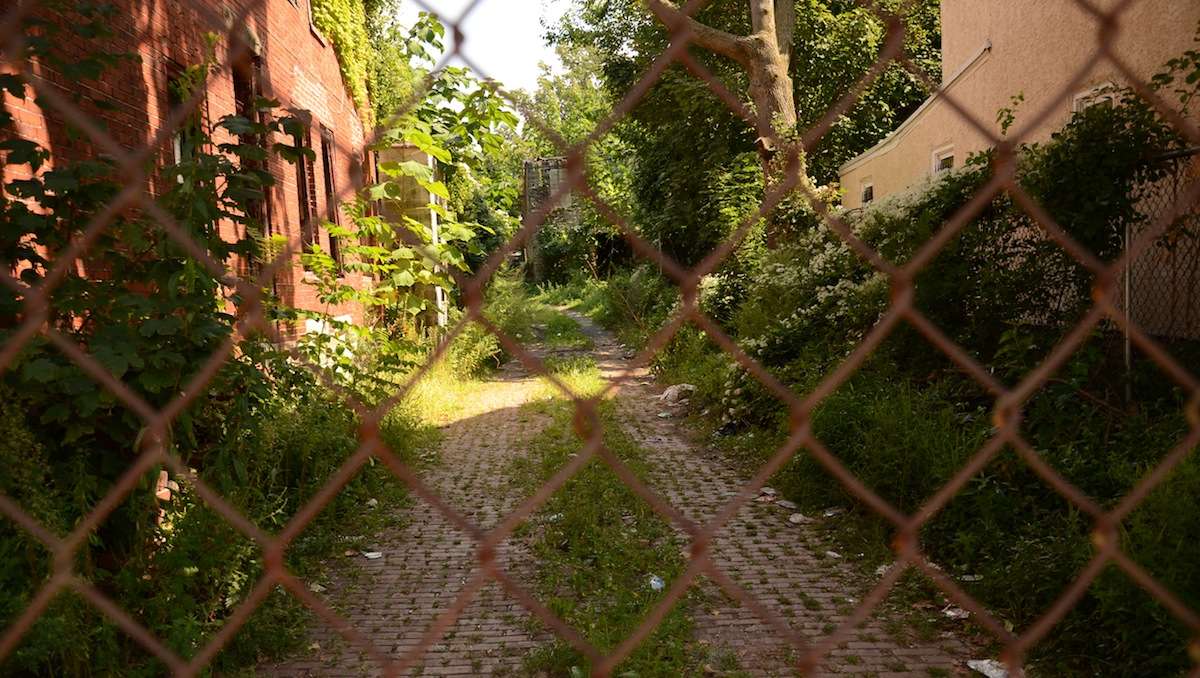
Vacant land behind the former site of the Queen Lane Apartments is part of the proposed play space area. (Jimmy Viola/for NewsWorks, file)
Neil Blunt was five years old when his family moved into the brand-new Queen Lane Apartments.
The year was 1955, but Blunt still remembers the second-floor, three-bedroom apartment well.
“It was lovely. Back then, this was like a hotel,” he says, pointing from West Penn Street toward the nearly-gutted building. “It was new, clean. This was one of the best high rises in the city.”
The early days
In the waning days of the 16-story apartment tower’s existence — it’s scheduled for implosion on Saturday morning — Blunt describes those early days of the public-housing complex as “family oriented.”
“Everybody knew everybody. We knew each other’s kids, each other’s parents. We were respectful. If the elevator was broken, I would carry someone’s packages up to the 16th floor,” he recalls. “That’s what we did.”
Blunt lived at the Queen Lane Apartments until he went off to Atlanta for college in 1969 (though his mother stayed there until she passed away in 1995).
Returning to the neighborhood after college, he says, is when he noticed the changes starting to take place.
“Funding was cut. There was less security, less of a maintenance crew,” he explains.
That led to what longtime West Penn Street resident Corliss Gray calls ” the gradual changes.”
Gray has lived in the neighborhood since 1959. She says she has watched the transformation of the area — and the high rise — from her front steps.
“When I moved here, it was real nice,” says Gray. “Believe it or not, we didn’t lock our doors.”
Eventually, Gray adds, “the whole friendly neighborhood feeling passed. Then, came the drugs.”
‘A sigh of relief’
By the time the Philadelphia Housing Authority initiated its plan to tear down the Queen Lane Apartments three years ago, “nobody wanted to live there.”
The building being closed, Gray says, “was a sigh of relief.”
The adjacent playground, once a source of joy for Gray and her children, had become a nuisance and a gathering place for loiterers. The playground was fenced off and closed down when residents were relocated.
“Now all we have to worry about is that it doesn’t look good,” Gray says. “All we have to do now is close our eyes and tell ourselves it’s going to look better.”
The PHA’s plan to bring 55 low-density units to the land is one of many similar affordable-housing redesigns throughout the city.
Even in its best times, however, Gray admits she was skeptical of the high rise when she first moved to the neighborhood. It was never an option for her family in her mind.
“I didn’t want to take my four young daughters into a high rise. I didn’t want to put my family in there,” she says. “Once I moved up here, though, I found out it was nice.”
Wanda Martin-Elam is Gray’s next-door neighbor. She remembers visiting the aunt of a friend who lived in the high rise when she was a young girl in the 1960s. She lived in nearby Nicetown at the time and loved her trips to the Queen Lane Apartments.
“It was just beautiful here,” she says. “There was no stigma like ‘this is the projects’ or anything. No, it was beautiful.”
When she moved to Germantown in 1976, however, she couldn’t believe it when she realized she was living by the same apartment building she visited all those years ago.
“I was shocked. I was horrified,” Martin-Elam says. “I thought, ‘This can’t be the same building.'”
Looking ahead
Longtime neighborhood residents like Blunt, Gray and Martin-Elam say they have high hopes for what’s to come after the building is demolished.
“It had its use and its purpose in the early days,” Blunt says of the building. “But then it became no place to raise your family.”
Blunt eagerly anticipates the post-building “new neighborhood.”
Recently retired from his job with the city, he briefly considered moving out of the neighborhood, but ultimatelty decided against it.
“My job isn’t finished here,” he says. “I still got unfinished business.”
Atop his to-do list is lobbying for a new playground to be built on vacant land behind the apartments.
“If you can keep the kids engaged in something, you don’t have to worry about them being out on the street doing something bad,” he says.
While Blunt knows many see the Queen Lane Apartments as an “eyesore,” he hopes people will begin seeing the area as “prime territory” once PHA builds the new units.
Despite believing the demolition is a change for the better, Blunt is not sure he’ll be able to watch the building come down for himself:
“I really don’t know. … You know how they say, ‘You can’t go home?’ Well, this is it for me. This was my home.”
WHYY is your source for fact-based, in-depth journalism and information. As a nonprofit organization, we rely on financial support from readers like you. Please give today.



